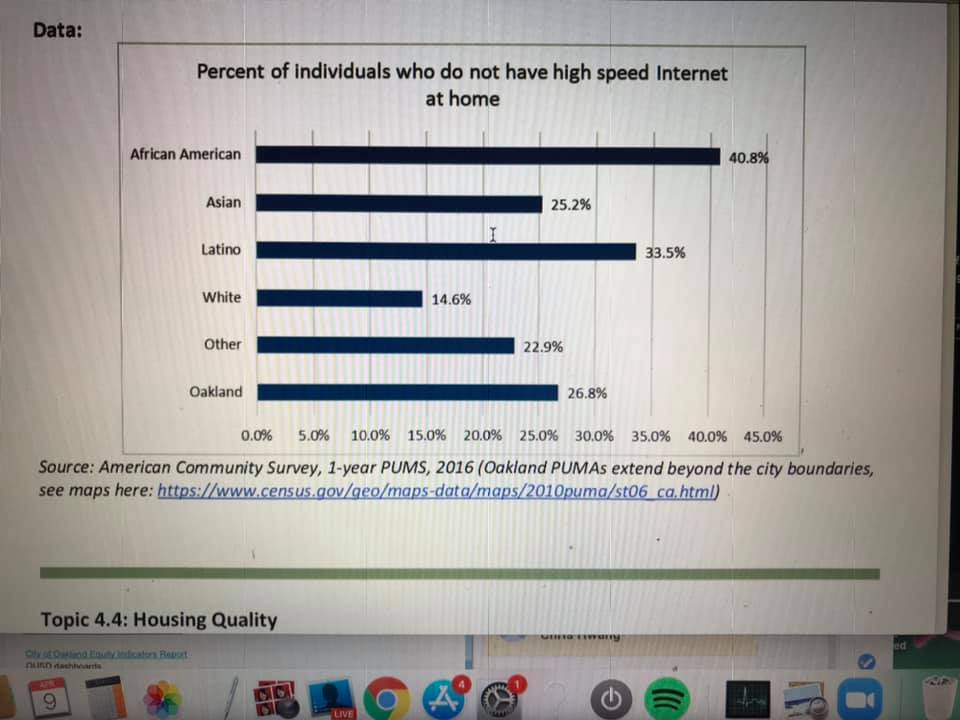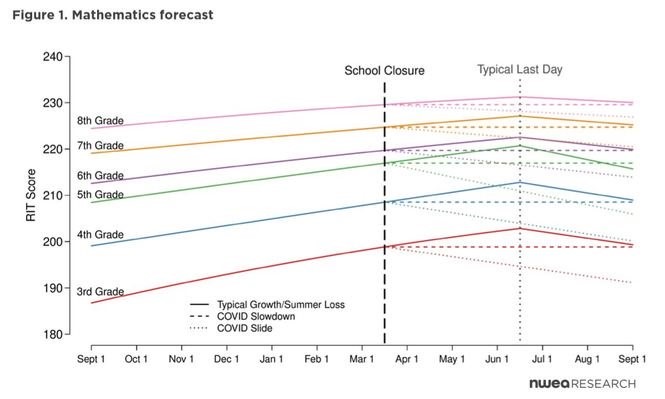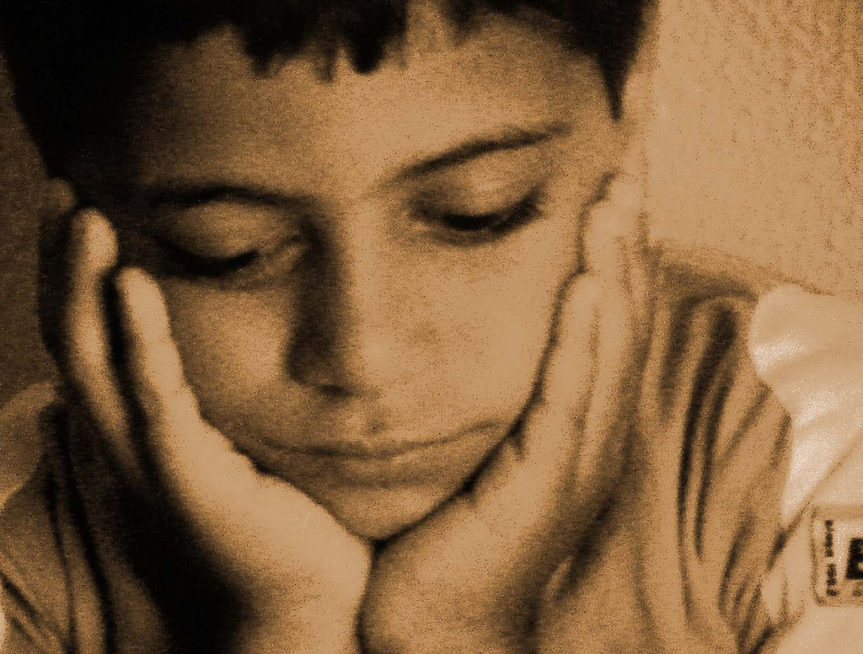Research on COVID-era schooling is starting to emerge, and it is exposing huge gaps in access that threaten to widen our current opportunity gaps. One of the biggest issues is access to broadband in underserved communities. Without reliable internet these families are left outside the virtual schoolhouse door. And according to research, students that are often already behind are losing up to a year of learning during this extended break.
Unlike many of the complex and contested challenges of pedagogy, this is absolutely fixable. And it could be fixed now in the stroke of a pen. The Federal Communications Commission, which grants internet service providers the right to even exist, could require free, no strings, internet in one regulatory move. Given the costs to families, and the families who can least afford to lose, we need to make this happen.
Please sign and share our petition to ask just that. And let’s get to the data and critical importance of creating ramps for every student to attend the virtual schoolhouse.
The Latest Poll, Lack of Internet Is a Huge Issue
Ed Trust West released a poll of parents last week highlighting top challenges facing families,
Lack of reliable, high-speed internet. Lack of reliable internet access is another top barrier for families who feel less than confident that they will be able to participate in distance learning (29%)…Two-thirds of parents (67%) say providing free internet access to families while schools are closed due to coronavirus would be very helpful for families like theirs, yet only 20% of parents report that their school district has made this available for students.
Similarly SFUSD identified access as the number one issue disrupting instruction in this ABC7 story
“Getting a laptop in the hands of families has been a huge undertaking, but the biggest challenge has been providing internet service for all.”
If you cannot get online, you are basically locked out of school. And let’s be honest we know who disproportionately will be excluded. We can predict it. Ed Trust did some work on this as well, “estimating that up to 44% of low-income students lack access… (and that)up to 32% of African American and 33% of Latinx students lack access.”
This is data from the OUSD equity survey a few years back (thanks Mirella), which shows predictable gaps in access, specific to Oakland.

So, 4 in 10 Black families, and more than 1 in 4 Oakland families overall didn’t have high speed internet at home. They are excluded from the information superhighway. This matters. And in the era of virtual schooling, it matters more than ever.
What Students Might Lose
These access issues are critical now and going forward and we can and need to solve them. The learning losses threatened are very significant and they will fall on our most underserved students heaviest. EdWeek recent covered so called COVID slide, noting “Education leaders are already bracing for a worse “summer slide” this year for students whose schools were shut down to curb the spread of coronavirus. But new research suggests the so-called coronavirus or “COVID slide” is going to be significantly worse.”
Here’s a more detailed explanation, showing that students may lose about 30% of reading growth and half to a whole year of math. Potentially a whole year gone, with the most disadvantaged paying the highest cost
Again from EdWeek,
Prior research on summer learning loss has found students can lose somewhere from two weeks to two months of academic growth over the summer. But NWEA’s projections suggest learning loss related to these closures would be anything but typical: If students return to school campuses in the fall without continuity of instruction during the closures, they could have retained only about 70 percent of their reading progress, compared to a normal year.

And math looks worse: Depending on the grade, students were projected to lose anywhere from half to all of their academic growth from the last year, compared to normal student growth.

And those projections are likely to be conservative for vulnerable students; they don’t include the effects of students’ trauma or differences in access to educational supports during the closures, Tarasawa said.
“In some ways you might say this COVID-slide projection is Pollyanna,” said Tarasawa, “I think for some kids, this is going to be really traumatic. So when we start to think about homelessness and food insecurity and all these other traumas, the variation in that slope is going to be, I think, potentially a more dramatic downfall.
This is absolutely fixable, we know the problem, how much it will hurt children and the children it will hurt the most. We also know how to fix this. We can open the digital schoolhouse to every child with the stroke of a pen. This is the modern civil rights struggle and we need to rise to the occasion. Please sign and share the petition and push for universal no strings access.
Our children need you.


One thought on “No Internet, No School; The Latest Data on Equity, Access, and the Educational Impact of COVID”